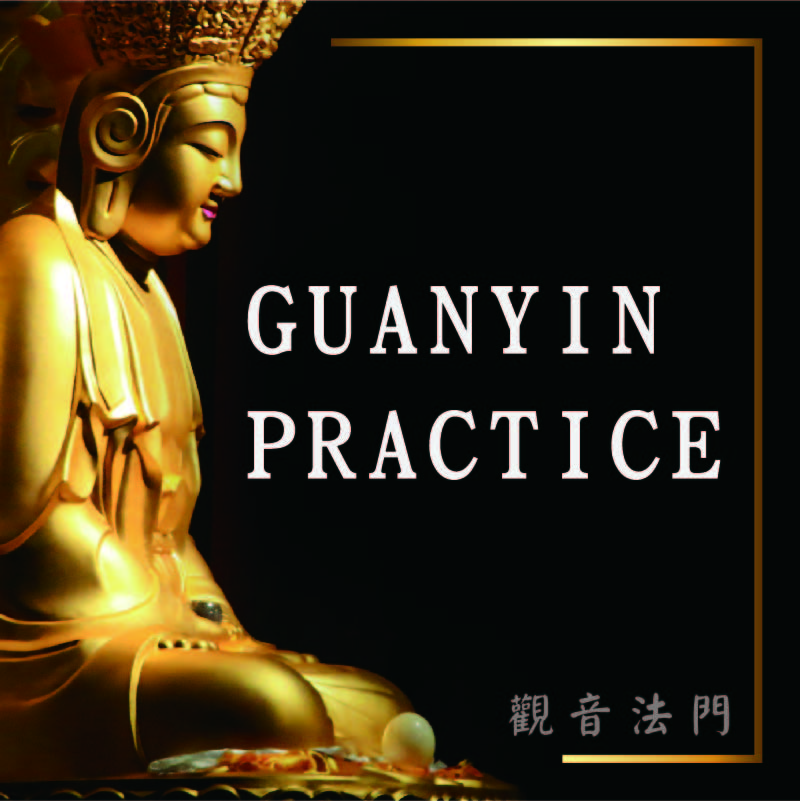
Transforming Habitual Tendencies
 An authentic Dharma practitioner is fundamentally different from an ordinary person. Ordinary beings are caught in the cycle of afflictions, continually entangled as defilement breeds further defilement. Although practitioners, too, may still experience defilement, they are able to gradually transform these impurities into purity, and ultimately transcend them. The habitual tendency of “defilement reinforcing defilement” not only gives rise to afflictions in the present moment but also results in future negative consequences, perpetuating yet another cycle of karmic cause and effect. Such a cycle is harmful to us in every way. If our body, speech, and mind remain pure, then the environment in which we live and act will likewise become pure. Hence, we should attune ourselves to pure karmic results and a pure environment, demonstrating the genuine way of Buddhist living, rather than resonating with the habitual tendencies of defilement. All the more so, since we are disciples of the Buddha and practitioners of truth, we must live in accordance with this principle.
An authentic Dharma practitioner is fundamentally different from an ordinary person. Ordinary beings are caught in the cycle of afflictions, continually entangled as defilement breeds further defilement. Although practitioners, too, may still experience defilement, they are able to gradually transform these impurities into purity, and ultimately transcend them. The habitual tendency of “defilement reinforcing defilement” not only gives rise to afflictions in the present moment but also results in future negative consequences, perpetuating yet another cycle of karmic cause and effect. Such a cycle is harmful to us in every way. If our body, speech, and mind remain pure, then the environment in which we live and act will likewise become pure. Hence, we should attune ourselves to pure karmic results and a pure environment, demonstrating the genuine way of Buddhist living, rather than resonating with the habitual tendencies of defilement. All the more so, since we are disciples of the Buddha and practitioners of truth, we must live in accordance with this principle.
The study and practice of the Buddhadharma are a process of transformation and purification: transforming karmic conditioning into the power of aspiration, transforming defilement into purity, transforming self-centeredness into altruism, transforming resentment into harmony, and transforming discrimination into equanimity. To practice immediately is to experience the result of happiness here and now; to neglect practice is to experience the consequence of karma. When we constantly refine our lives through the contemplations of purity, equanimity, and compassion, the immediate result is happiness. Mere intellectual understanding is insufficient; only through direct engagement in practice, supported by aspiration, can genuine transformation occur. The power of aspiration refers to the determined resolve to establish a truly joyful life. Some forms of happiness arise from self-concern and disregard for others—such happiness is merely escapist. Genuine happiness is that which allows one to rejoice while bringing joy to others; it is the happiness of sharing.
 The principle of transformation is the “key instruction” of the practitioner’s life. Once we grasp this pithy point and apply it, the result manifests immediately; failing to do so leads at once to affliction. The vitality of the Dharma lies in its immediacy—act at once, and the considerable changes or results might follow soon. Life itself is practice: without practice, there is no true happiness; without happiness, one inevitably invites affliction upon oneself and others, creating a vicious cycle of suffering. May all of us live with pure conduct, engage in meritorious activities, bring benefit to others in the present, and thus experience a life that is itself the path of liberation from suffering and the attainment of happiness. By never forgetting our aspiration as Buddhist practitioners, our lives will become truly abundant and meaningful.
The principle of transformation is the “key instruction” of the practitioner’s life. Once we grasp this pithy point and apply it, the result manifests immediately; failing to do so leads at once to affliction. The vitality of the Dharma lies in its immediacy—act at once, and the considerable changes or results might follow soon. Life itself is practice: without practice, there is no true happiness; without happiness, one inevitably invites affliction upon oneself and others, creating a vicious cycle of suffering. May all of us live with pure conduct, engage in meritorious activities, bring benefit to others in the present, and thus experience a life that is itself the path of liberation from suffering and the attainment of happiness. By never forgetting our aspiration as Buddhist practitioners, our lives will become truly abundant and meaningful.













